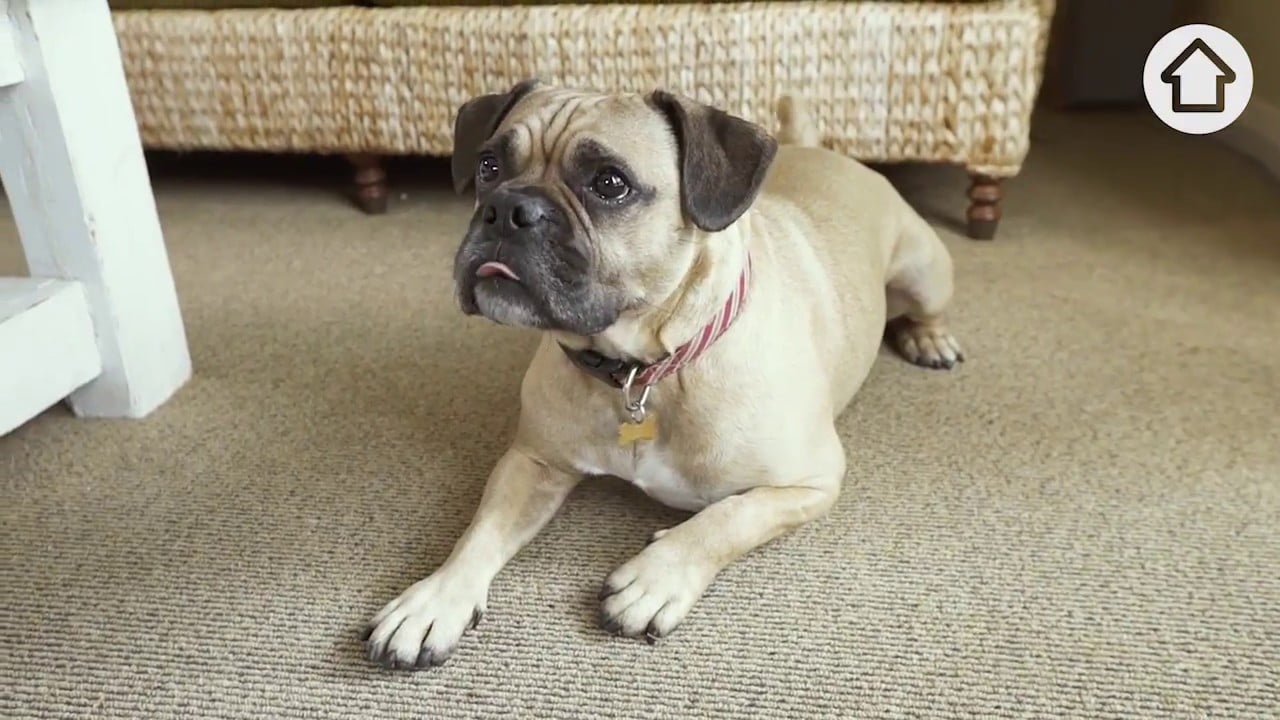Four reasons why Tennis balls are not harmless fun and can be dangerous
Dangerous materials
Tennis balls contain, amongst other things, various chemicals to make them water-resistant. These chemicals also give them their colour (green or red and green, etc.)
The inside of the ball contains harmful gases to help them fly through the air and bounce.
Whilst we have all been guilty of playing with tennis balls (even me), it is generally a bad idea as they can be harmful if your dog frequently puts the ball in its mouth due to the toxic chemicals.
This is without the dangers of choking or the tennis ball getting stuck in the dog’s stomach and leading to constipation, blockages or possibly an operation – Pax knows all about that.
Danger of choking
Like any object your dog puts in its mouth. If it is too small, there is a significant danger of choking. This is more so with tennis balls, especially as they start to break up, and small parts can get stuck in the throat.
Dogs with large, strong mouths can make the ball go flat and, therefore, pose a risk of sliding to the back of the throat, where there is a good chance of it returning to its normal shape and causing breathing issues.
Danger to teeth
Tennis balls are made of a tough material, a mixture of wool and nylon. This is to ensure they are waterproof, stand up to being hit by tennis rackets, and withstand lots of bouncing.
This tough material means that when dogs catch or chew them in the air, it is like taking a sheet of sandpaper to the dog’s teeth. As a result, over time, tennis balls grind the enamel of the teeth, which will eventually lead to the dog suffering from toothache.
Not designed for dogs
As you have no doubt worked out by now, due to the materials that tennis balls are made of, which can be toxic to dogs as well as abrasive on the teeth along with the fact that they can be swallowed or cause choking hazards, they are just not made for dogs.
Has this made you think twice about playing with your dog and a tennis ball?
The most important reason tennis balls aren’t suitable for dogs is that manufacturers focus on creating perfect sporting equipment for tennis players. They do not consider the safety or possible long-term damage to dogs. Unlike most everyday objects, dog toys usually provide the greatest protection. Many everyday things that may look like good dog toys at first glance are unsuitable when you take a second look.
Alternatives to Tennis balls for dogs
Many dogs, especially collies (at least mine all have), love a tennis ball. This is not a problem as you can buy some great alternatives specially designed for dogs with holes in case they get stuck. Any good pet shop should stock these.
Many tennis ball alternatives come with extras such as lighting up when they bounce to make playing at night possible (although Missy loves to listen to roughly where it lands and then scent it), whilst others float so you play in the water.
Then, of course, you have those slightly annoying balls that squeak and appeal to dogs who love a squeaky sound, whilst others allow you to hide treats in them.
The great thing is that by investing a few extra pennies in one of these toys, you will have peace of mind knowing that your dog can enjoy them safely.
Like all toys and treats, never leave your dog unattended with them, just in case.
Alternatives to chew
Many dogs don’t just like chasing and playing with Tennis balls but also like chewing them. If your dog is one of these, then why not consider a safe alternative that has been made for dogs? This could be a kong toy from shops and Amazon; many of them can be stuffed to provide extra pleasure for your dog.
If you want a good quality dried chew for your dog to enjoy, then consider something like pizzle. More details about dried chews can be found in our Dangers of Rawhide article.



